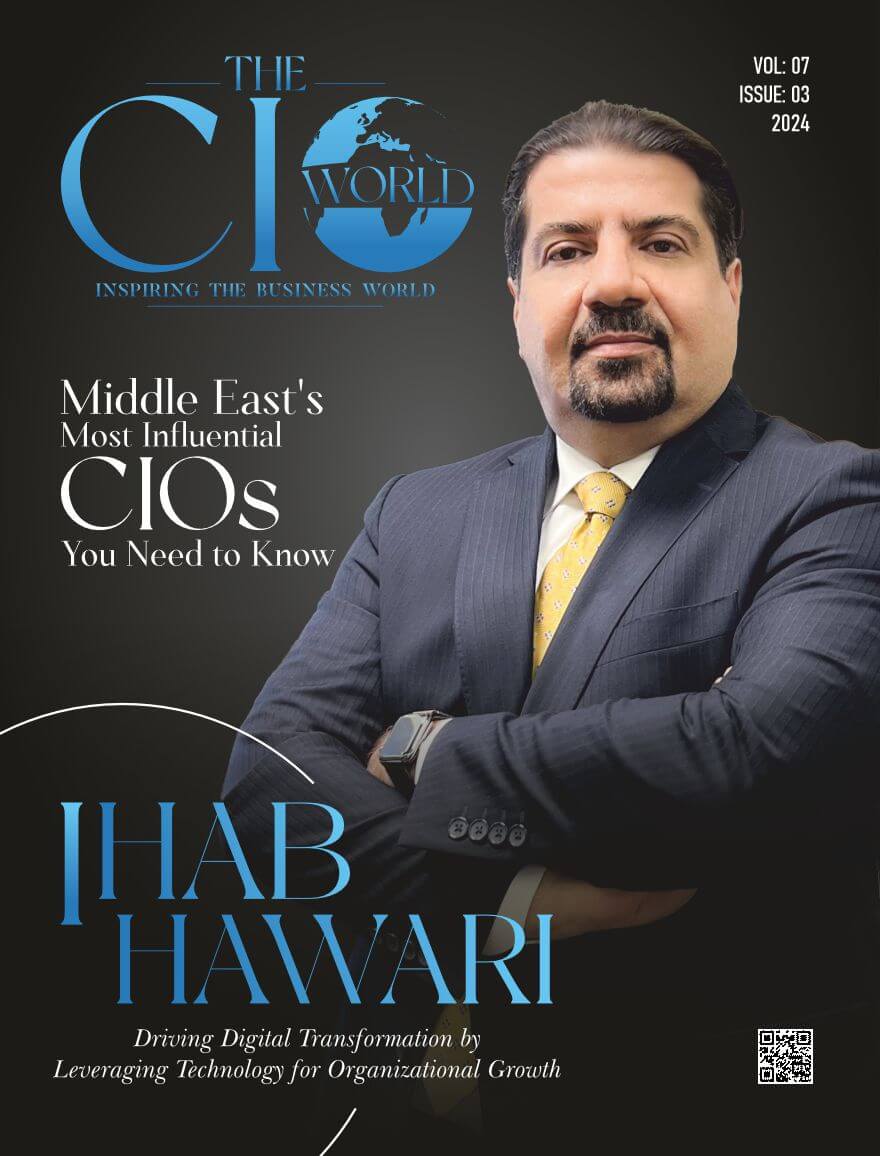Thinking Beyond the Norm!
Leaders face a continuous challenge to stay ahead of the curve. The traditional methods that once ensured success are no longer sufficient in the face of rapid technological advancements, changing consumer behaviors, and global uncertainties. To thrive in this environment, business leaders must embrace a mindset of innovation and explore unconventional approaches.
In this article, we will delve into some innovative strategies that every business leader should consider to propel their organization towards success.
Embracing a Culture of Innovation
The foundation of any innovative organization lies in its culture. Business leaders need to foster an environment that encourages creativity, risk-taking, and continuous learning. By promoting a culture of innovation, leaders empower their teams to think beyond the norm and come up with groundbreaking ideas. This can be achieved by creating open communication channels, recognizing and rewarding innovative efforts, and providing employees with the time and resources to explore new concepts.
Design Thinking for Problem Solving
Design thinking is a human-centric approach to problem-solving that involves empathy, ideation, and iteration. Business leaders can leverage design thinking to address complex challenges by putting themselves in the shoes of their customers and stakeholders. By focusing on understanding the needs and pain points of end-users, organizations can develop solutions that truly resonate with their target audience, fostering customer loyalty and satisfaction.
Collaboration and Co-creation
In today’s interconnected world, collaboration is key to success. Business leaders should explore opportunities for collaboration and co-creation with other businesses, startups, and even competitors. Partnering with diverse entities brings fresh perspectives, shared resources, and the ability to tackle challenges collectively. Collaborative ventures can lead to the development of innovative products or services, expanded market reach, and increased competitive advantage.
Harnessing the Power of Technology
Technological advancements continue to reshape the business landscape. Business leaders need to stay abreast of emerging technologies such as artificial intelligence, blockchain, and the Internet of Things (IoT). Integrating these technologies into business operations can enhance efficiency, automate repetitive tasks, and unlock new possibilities. For instance, AI-powered analytics can provide valuable insights, while blockchain technology can revolutionize supply chain transparency.
Sustainable Business Practices
Sustainability is no longer just a buzzword; it’s a business imperative. Business leaders must think beyond short-term profits and consider the long-term impact of their operations on the environment and society. Adopting sustainable business practices not only benefits the planet but also resonates with an increasingly conscious consumer base. From eco-friendly manufacturing processes to social responsibility initiatives, incorporating sustainability into the core of the business can lead to enhanced brand reputation and customer loyalty.
Flexible Work Models
The traditional 9-to-5 office model is evolving, and business leaders need to adapt to the changing expectations of the workforce. The rise of remote work and flexible schedules has become a norm, and organizations that embrace these changes are better positioned to attract and retain top talent. By offering flexible work arrangements, leaders empower their employees to achieve a better work-life balance, fostering a positive and productive work environment.
Customer-Centric Innovation
Understanding and anticipating customer needs is fundamental to business success. Business leaders should invest in customer-centric innovation, which involves actively seeking feedback, conducting market research, and using data analytics to gain insights into consumer preferences. By aligning products and services with customer expectations, businesses can create a competitive edge and build lasting relationships with their target audience.
Continuous Learning and Development
Innovation thrives in organizations where learning is a continuous process. Business leaders should encourage their teams to engage in ongoing education and skill development. This can be achieved through training programs, workshops, and partnerships with educational institutions. By nurturing a culture of continuous learning, leaders ensure that their teams stay relevant in a rapidly changing business landscape.
Conclusion
Thinking beyond the norm is not just a choice; it’s a necessity for survival and growth. By embracing a culture of innovation, leveraging design thinking, fostering collaboration, harnessing technology, adopting sustainable practices, embracing flexible work models, prioritizing customer-centric innovation, and promoting continuous learning, business leaders can position their organizations at the forefront of their industries. The road to success in the 21st century is paved with unconventional strategies, and it’s time for leaders to explore the limitless possibilities that lie beyond the norm.
- Alaya Brown







